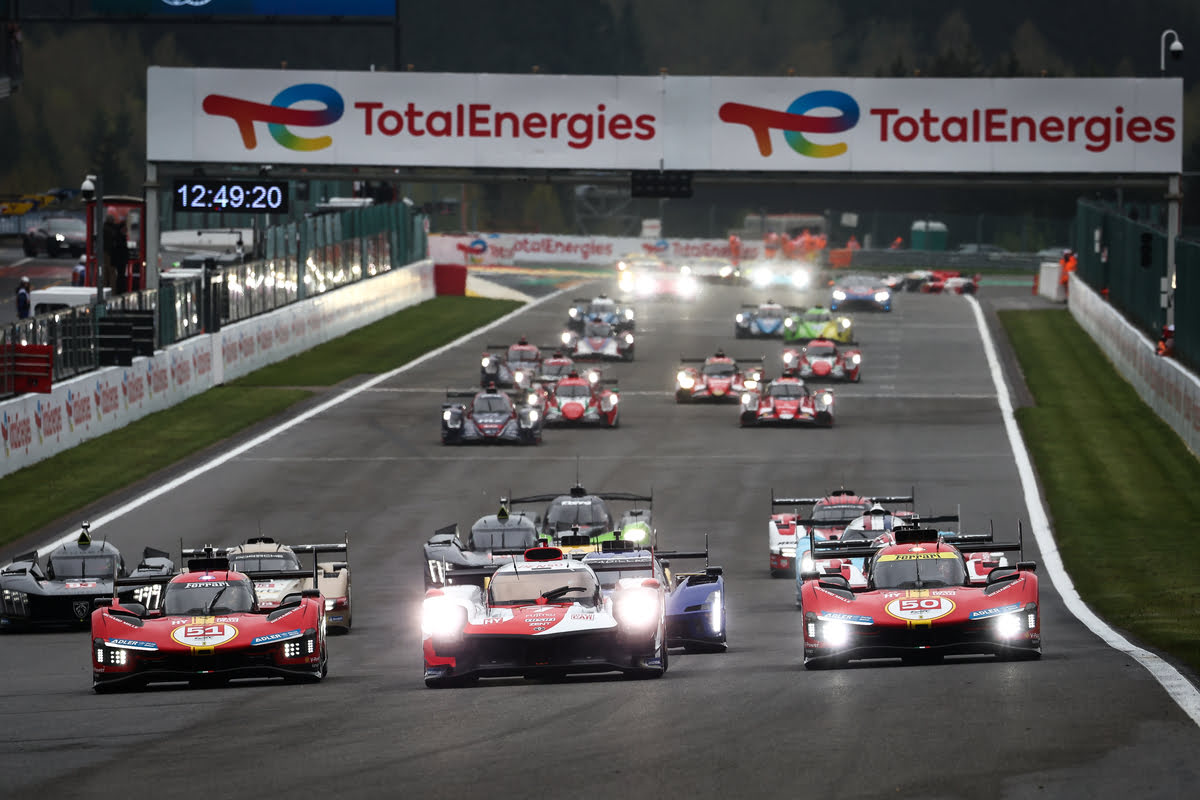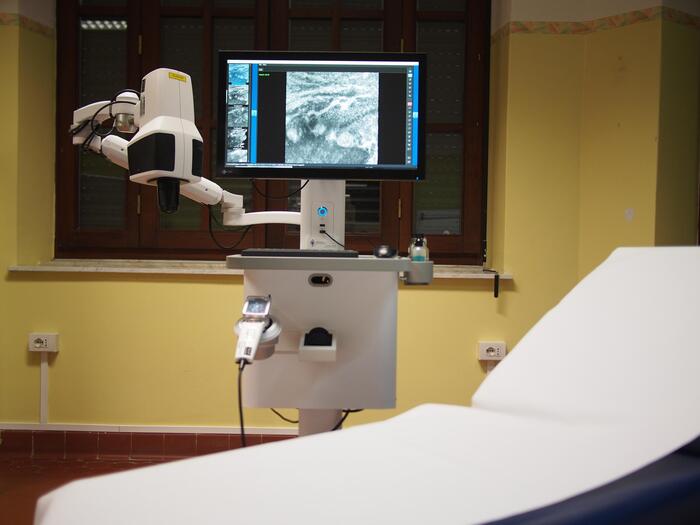Direct experience of cancer affects more than 1 in 20 people in Europe, i.e. 23.7 million people (12.8 million women, 10.9 million men) who have been diagnosed with cancer (8.86 million diagnosed less than 5 years ago, 5.75 million They were diagnosed between 5 and 10 years ago (years ago, 5.54 million were diagnosed between 10 and 20 years ago and 3.55 million were diagnosed more than 20 years ago). This number is increasing by 3.5% annually and by 41% in total between 2010 and 2020 (from 16.8 to 23.7 million), thanks to the increasing number of older people. The increase was more pronounced among men (+46%, from 7.47 million in 2010 to 10.9 million in 2020) than among women (+37%, from 9.34 to 12.8 million). These are the data released on the occasion of World Cancer Day, celebrated on Sunday, February 4, in light of a study published in the journal Lancet Oncology and coordinated by the Superior Institute of Health and the IRCCS Istituto Nazionale dei Tumori Foundation in Milan.
The researchers estimated the prevalence (i.e. the total number of cancer cases, including those newly diagnosed, those undergoing treatment, and those already treated) in 2020 by analyzing data from 61 cancer registries in 29 countries participating in the EUROCARE programme. 6 Research. The analysis covers patients diagnosed starting in 1978 and followed through 2013, covering more than 19 million cancer cases and 32 tumor types. Among women with direct experience with cancer, 43% (5.5 million) were diagnosed with breast cancer; Among men, 37% have prostate cancer (4 million). Colorectal cancer was the second most common diagnosis in both sexes (3 million), with higher rates in men than in women (691 versus 564 cases per 100,000 population, respectively).
There was variation in the proportion of cases between the 29 countries examined. For all malignancies, the highest values were found in Germany, Italy, Belgium and France (between 5.861 and 5.603 persons per 100,000 inhabitants), and the lowest in Bulgaria, Poland and Slovakia (3.026-3.775 per 100,000 inhabitants). The largest differences concern cancers whose incidence is itself associated with significant geographic variation, such as cutaneous melanoma, whose prevalence in Denmark was eight times higher than in Bulgaria, for both sexes.
Overall, 38% of all cases in Europe in 2020 survived more than 10 years after diagnosis (44% for women and 32% for men).
According to the authors, “The results indicate that a very large proportion of the population has been affected or affected by the experience of cancer.” This percentage is expected to rise and even increase if we take into account the indirect experiences of families and caregivers. “The increase in the burden of tumors, combined with the high cost of innovative treatments – experts warn – has serious implications for the sustainability of health and social care systems.
These data underscore the urgent need to strengthen primary prevention and early diagnosis. Prevention remains the way forward, not only to reduce the number of cases, but also to improve the chances of recovery and ensure a good quality of life after cancer, as clearly stated in the objectives of the European Cancer Control Plan 2021-2027 (EBCP). “.
Reproduction © Copyright ANSA

“Coffee fan. Tv specialist. Social media aficionado. Zombie geek. Evil analyst. Web expert.”







More Stories
“Compensation of 23 thousand euros for a woman who suffered complications.” Symptoms and disability
Binibeca Vell wants to close from tourism – SiViaggia
A cyber mystery in Moscow: Zelensky and Poroshenko excluded from the most wanted list